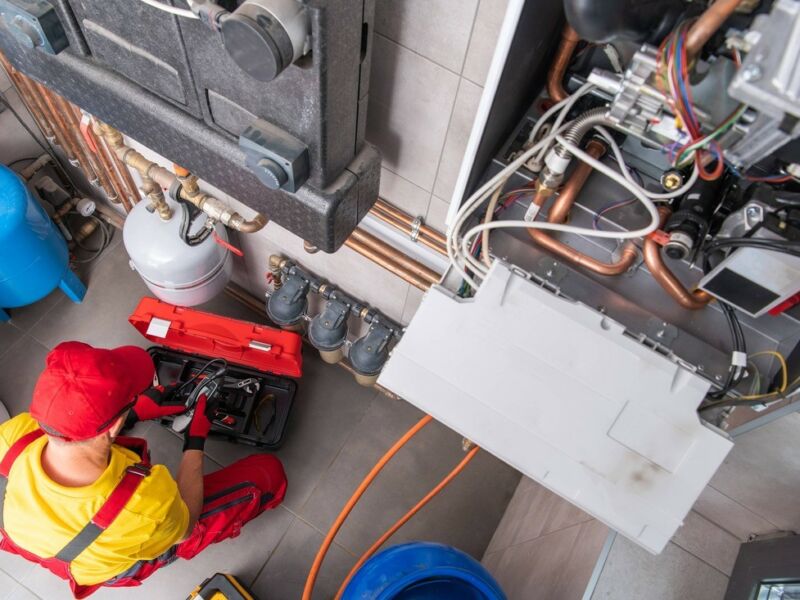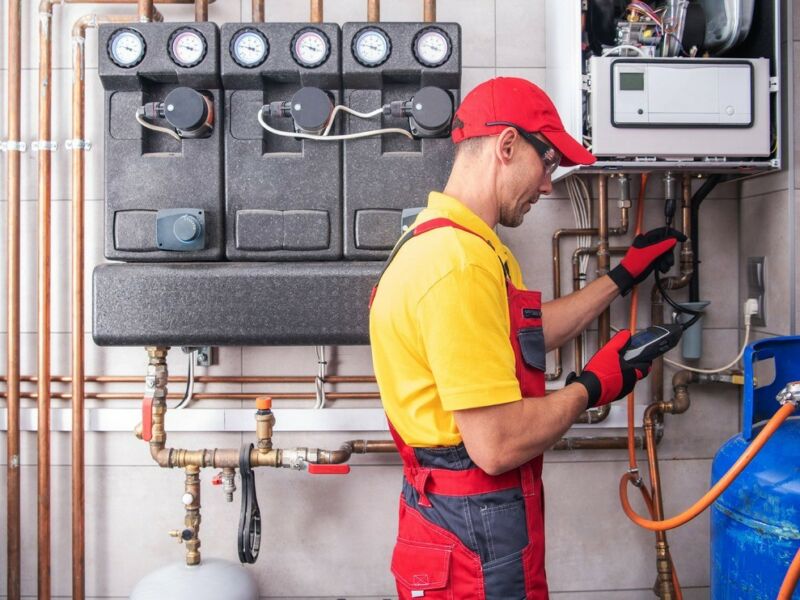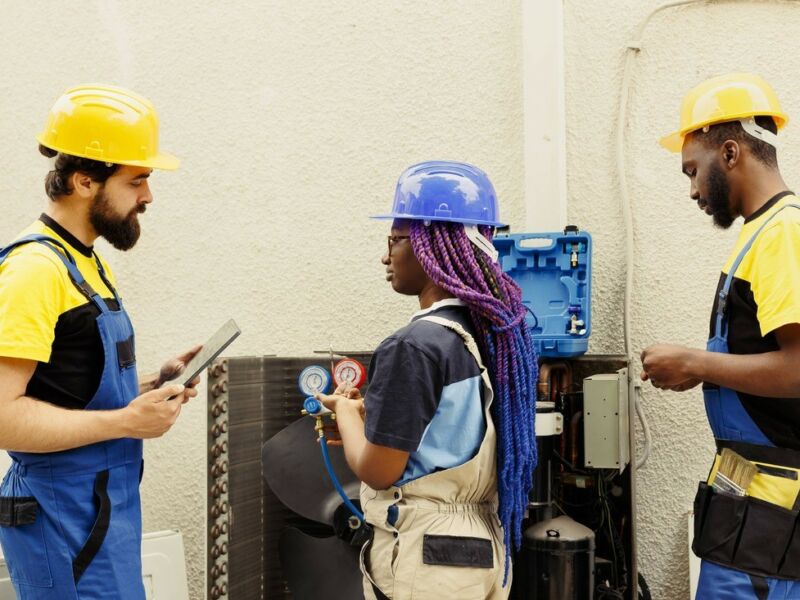
The Importance of Timely Water Leak Detection
Water leaks can cause significant damage to properties, leading to issues such as mold growth and structural damage. Detecting water leaks in a timely manner is crucial to prevent these problems from escalating.
Preventing Mold Growth
One of the major risks associated with water leaks is the growth of mold. Mold thrives in moist environments, and water leaks provide the perfect conditions for mold spores to multiply and spread. Mold not only damages the affected areas, but it can also pose serious health risks to occupants of the property. Timely water leak detection allows for immediate remediation efforts to prevent mold growth.
Avoiding Structural Damage
Water leaks can weaken the structural integrity of buildings. When water seeps into walls, floors, or foundations, it can lead to rotting, warping, and decay of structural components. Over time, this can compromise the stability of the building and lead to costly repairs. Timely detection of water leaks allows for prompt repairs, minimizing the risk of structural damage.

Preventing Water Damage
Water leaks can cause extensive water damage to various parts of the property, including walls, ceilings, and flooring. The longer a leak goes undetected, the more extensive the damage can become. Prompt detection and repair of water leaks help prevent water damage, saving property owners from costly restoration and repair efforts.
Methods of Water Leak Detection
Water leak detection can be done using various methods, depending on the specific situation and location of the leak. Here are some common methods used:
- Visual Inspection: In some cases, water leaks can be visually identified through signs such as water stains, wet spots, or dripping water.
- Acoustic Detection: This method involves using specialized equipment to detect the sound of water escaping from pipes or fixtures. Water leak detectors can pick up the sound vibrations and locate the source of the leak.
- Thermal Imaging: Thermal cameras can detect temperature variations caused by water leaks. By identifying temperature anomalies, technicians can determine the presence of water leaks behind walls or beneath floors.
- Moisture Meters: Moisture meters measure the moisture content of materials such as drywall, wood, or flooring. These tools can help identify areas where excess moisture may indicate the presence of a water leak.
- Pressure Testing: Pressure testing involves pressurizing the plumbing system to check for any drop in pressure, which could indicate a water leak.
Water Leak Detection Services
Professional water damage restoration companies, such as JGW Group Water Damage Restoration, offer water leak detection services. These experts have the knowledge, skills, and specialized equipment to accurately detect water leaks and assess the extent of the damage. Prompt detection of water leaks provides property owners with the information they need to take immediate action and prevent further damage.
Signs of Water Leaks
It’s important for property owners to be aware of the signs that may indicate the presence of water leaks. Some common signs include:

- Unexplained increase in water bills
- Damp or musty odors
- Water stains on walls or ceilings
- Warping or buckling of flooring
- Persistent mold growth
- Dripping or running water sounds
- Visible water pooling or dripping
If any of these signs are present, it’s important to seek professional assistance for water leak detection and repair.
Conclusion
Timely water leak detection is crucial for preventing mold growth, structural damage, and water damage. Property owners should be proactive in identifying and addressing water leaks to protect their properties and maintain a safe and healthy environment. By working with professional water damage restoration companies, property owners can ensure comprehensive leak detection and efficient repairs.
What are the main risks of water leaks?
How can water leaks be detected?
Important Facts and Statistics
- To prevent water damage, there is now a growing number of smart water leak detector systems that employ complex algorithms and data analytics.[1]
- The main steps of data analytics for leak detection are setting up goals, data collection, preparing gathered data, analyzing the prepared data, and method evaluation.[2]
- Plumbing leaks occur in approximately 1 in 12 homes per year, while fire damage occurs in 1 in 333 homes per year.[3]
- Water transmission pipelines can lose 20% to 30% of the water transmitted through them, highlighting the importance of leak detection.[4]
- Water damage claims account for more than 50% of all commercial real estate insurance claims.[5]



